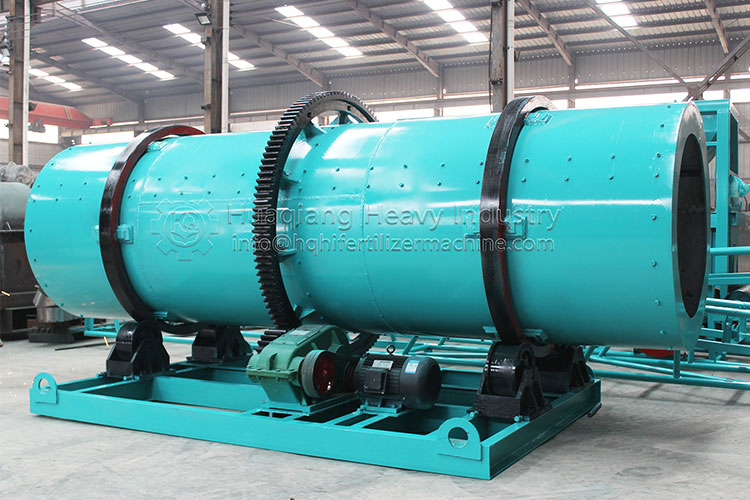In an evolving agricultural landscape, building and designing NPK fertilizer production lines is key to maximizing crop yields and ensuring soil health. The production of NPK compound fertilizer involves a complex combination of nitrogen (N), phosphorus (P) and potassium (K), which are important nutrients for plant growth. The
NPK fertilizer production line is designed to mix these key nutrients in different proportions to meet different crop needs, ensuring optimal soil fertility and crop yield.
The strategic configuration of NPK fertilizer production lines has a significant impact on both operational efficiency and the quality of the final product. Huaqiang uses advanced technologies to automate and optimize the pelletizing, mixing and packaging processes. The use of precision control systems and automatic processing equipment not only improves production efficiency, but also reduces labor costs and minimizes human error.
In addition, in order to meet stringent global requirements, the environmental aspects of the manufacturing process are also strictly controlled. These include sophisticated waste control and recycling structures to ensure operations are not only efficient, but also sustainable.
Investing in first-class equipment and adopting innovative technologies is essential for the smooth operation of
NPK fertilizer production lines. The layout of each component must be aligned with modern technological advances to ensure maximum productivity and minimize environmental impact.
As a result, the
NPK fertilizer production line is not just a series of mechanical devices, but a complex integration of chemical engineering, system control and environmental technologies. Companies like Huaqiang are pioneers of this integration, focusing on efficiency and sustainability in fertilizer production.
